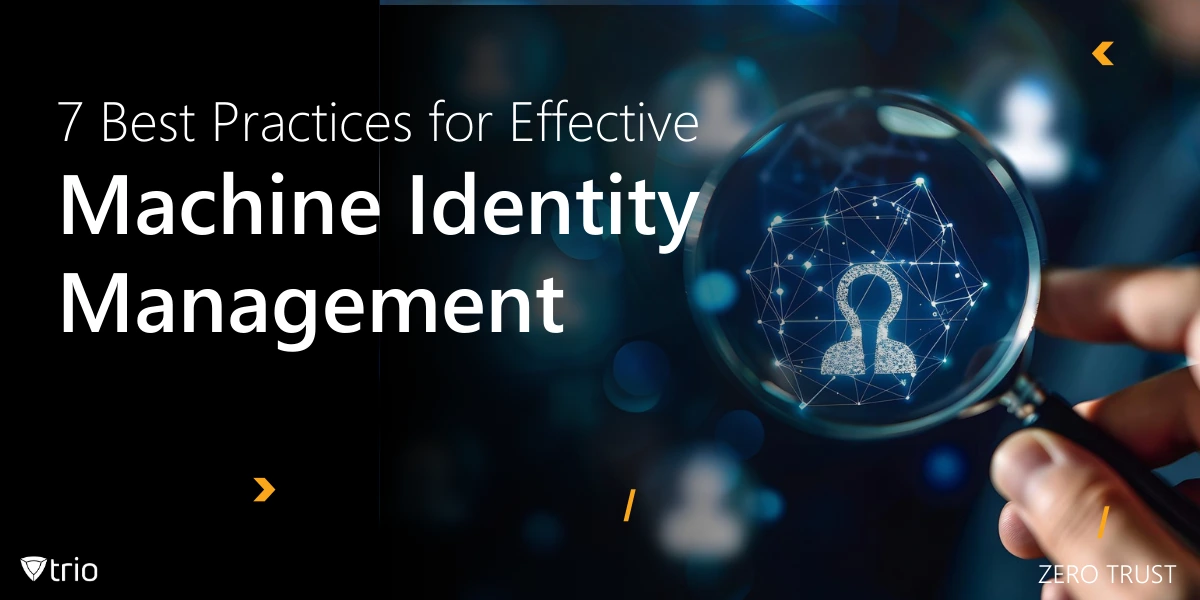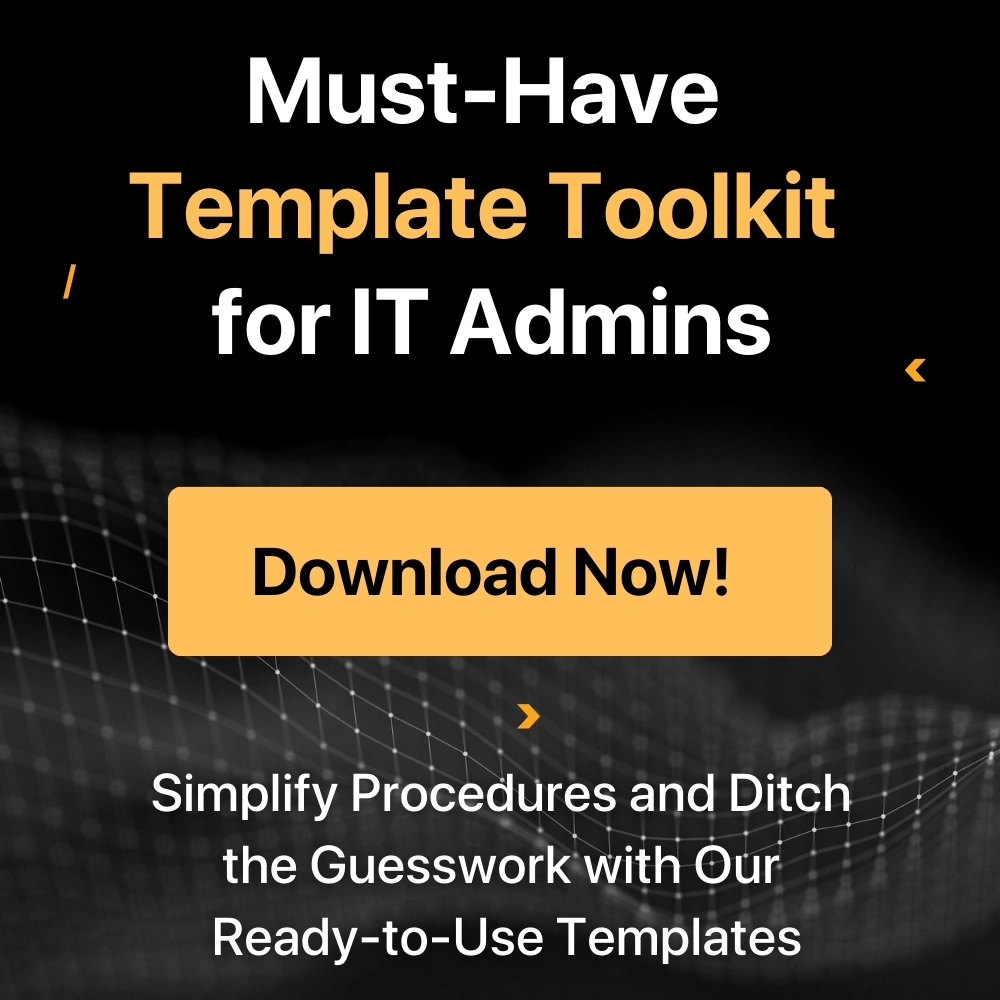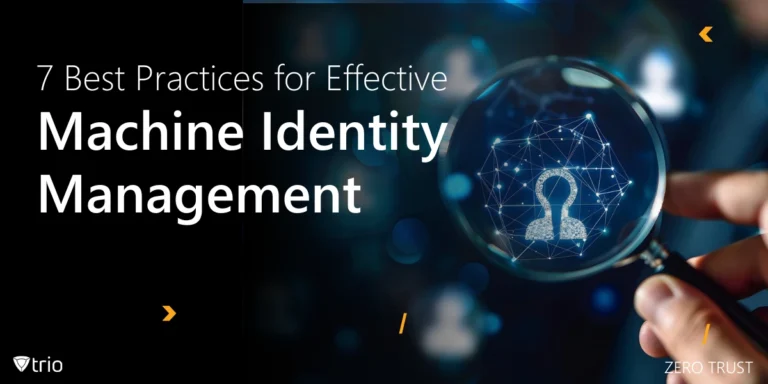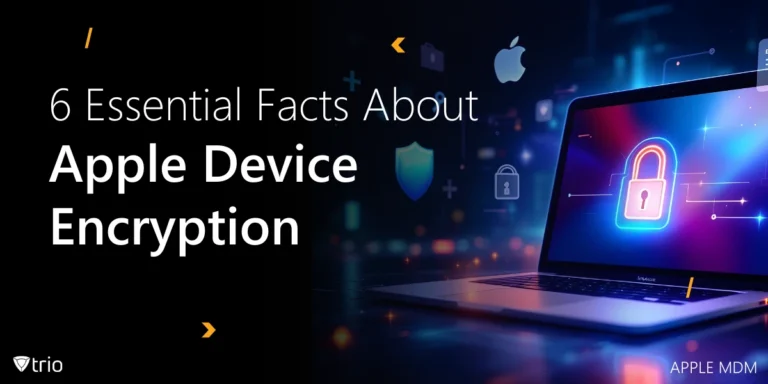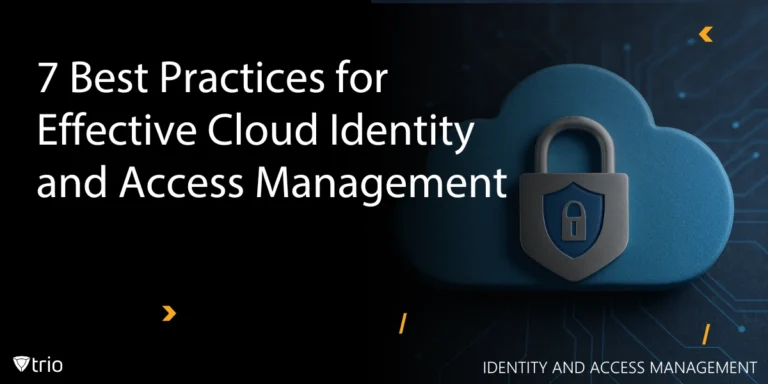Machine identity management can sound like a dry topic, but it has unexpected twists. In an era where digital systems outnumber actual people, these intangible “machine identities” wield serious power. They govern how everything from servers to containers connect and authenticate across networks. Without them, chaos ensues faster than a missed coffee break.
Another layer of intrigue emerges when these identities sync with broader frameworks like a zero trust architecture. This approach helps ensure that no device or system is automatically considered trustworthy. It might sound paranoid, but in cybersecurity, paranoia is often justified. Balancing seamless connectivity with strict verification keeps everything from meltdown to meltdown at bay.
1. Catalog Every Asset
What is machine identity management in the first place? At its core, it ensures that every non-human entity has a unique credential to authenticate and communicate. An accurate inventory prevents missing devices that slip under the radar like stealthy ninjas, quietly lurking behind firewalls. Nobody wants a rogue server launching silent attacks.
Keeping track of machine identities starts with listing every system, database, and service in one centralized place. Although collecting data can feel tedious, it guarantees no puzzle piece gets lost. Automated discovery tools help lighten the load by scanning networks around the clock. A strong overview is half the security battle.
Once the inventory is set, the next challenge is maintenance, especially when new machines pop up faster than streaming services release spinoffs. Organizations often rely on cloud expansions, test environments, or backup instances. Nobody likes security by surprise. Adopting continuous audits keeps everything visible, secure, and firmly on the map.
2. Embrace Automation
The growing speed of software deployments often demands a more dynamic approach to machine identification. Manual processes can leave too many gaps and create confusion at the worst moments. Automated certificate management scripts, key rotation tools, and monitoring dashboards help seal those cracks. Quick signups for new services no longer invite surprise visitors.
A few machine identity management examples illustrate how crucial automation is. For instance, if an application server spins up to handle peak traffic, it needs valid certificates right away. Delays in provisioning can mean downtime or open windows for unauthorized access. Automated workflows eliminate frantic searches for valid keys and patch up potential chaos.
Automation also allows time-strapped teams to focus on strategic tasks, like analyzing suspicious activity or optimizing user experience, rather than pushing certificates around by hand. Plus, nobody wants a meltdown triggered by a forgotten renewal date. Automated checks can send alerts before certificates expire, so there’s no time for drama.

3. Rotate Certificates & Keys Regularly
A robust security plan must outline how often to refresh certificates and keys, otherwise known as a rotation policy. Within that conversation, a good MIM definition underscores why expired credentials are as risky as storing your passwords on a sticky note. Rotations keep everything fresh, so opportunistic attackers can’t slip in through stale tokens.
Setting specific intervals for rotation is a delicate dance. Too frequent updates create overhead, while overly long intervals leave wide security holes. Many organizations find monthly or quarterly schedules reasonable depending on their risk appetite. Timely reminders or automated processes remove guesswork, ensuring consistent updates that block stale access attempts.
Cryptographic algorithms also evolve over time, which means rotating keys can align credentials with stronger encryption standards. Nobody wants to learn that a once-bulletproof method is now easily compromised. Regular rotation stands guard against obsolescence and provides a proactive layer of defense. It’s like frequently changing a house lock to outsmart any persistent intruders.
4. Control Access Like a Hawk
Locking down identities extends beyond humans into the realm of servers, databases, and IoT devices. Following privileged access management best practices shields sensitive resources from misuse or sabotage. A single compromised machine account can let attackers roam freely, which is a horror show nobody wants to see. Vigilance here is essential.
The least privilege access model ensures that each machine can only perform tasks explicitly allowed, nothing more. This principle prevents an unintentional meltdown when a misconfigured script tries to access areas it shouldn’t. Granular permissions also block malicious actors who hijack an account from escalating their reach. Every action is deliberate and accounted for.
Enforcing tight restrictions may seem overbearing, but it often spares organizations from catastrophic data breaches. Access control logs also help investigators see who, or what, tried to open Pandora’s box. With disciplined policies, each machine stays in its proper lane. That level of control might feel strict, but it’s definitely safer.
5. Keep an Eye on Everything
Machines can be sneaky little tricksters when they’re not watched. Continuous monitoring sounds dull, yet it often prevents unpleasant surprises like unauthorized modifications or unpatched services. A well-tuned audit trail offers a timeline of every handshake, failure, or success that shapes the network’s narrative. Without it, tracing breaches is like searching for footprints in the wind.
Credential management software lends a serious helping hand by collecting and updating critical credentials in a centralized vault. Instead of rummaging through endless spreadsheets, logs, or sticky notes, teams can rely on automated checks and restricted access. Any suspicious login attempt triggers an alarm that begs for deeper investigation. Secrets stay secret with minimal fuss.
Audits offer a reality check on whether policies match real-world practice. Are certificates being rotated on time? Have retired machines truly vanished from inventories? Monitoring tools confirm that compliance is more than a buzzword. The result is a safer landscape where machines only do what they’re supposed to do, no secret missions allowed.
6. Shield Cloud & Hybrid Environments
Cloud and hybrid setups bring their own twist to identity management, especially when expansions happen faster than anticipated. ZTNA integration offers a vital step by enforcing authentication at every layer, no matter the environment. One might compare it to a castle with multiple moats, each demanding identification before entry. If any piece is left unguarded, trouble sneaks in.
For big or small networks, ZTNA solutions can unify machine identity checks across on-premises, private cloud, and public cloud environments. Each workload is authenticated and authorized before it can communicate with another resource. This “trust no one” philosophy wards off stealth intruders who slip past perimeter-based defenses. Uniform enforcement keeps everything consistent.
Machine identity management in a multi-cloud world demands integration with each provider’s native security protocols. Visibility across these complex landscapes can be tricky, but centralized dashboards help unify the view. Each environment might have its own quirks, yet strong policies create consistent rules for machines to follow. That’s the beauty of a well-orchestrated approach.
7. Teach, Learn & Grow
Knowledge is a powerful antidote to complacency, especially in fast-evolving security fields. When everyone on the team understands why certain policies matter, they spot vulnerabilities faster and work proactively. Pursuing a machine identity management certification can reinforce foundational knowledge, offering credibility that resonates both internally and externally. A little expertise goes a long way.
Organizations can introduce training modules, workshops, or refresher sessions to keep everyone on the same page. Even a quick lunchtime talk can highlight new threats or patch updates. The cybersecurity landscape never stands still, so ongoing education and collaboration prevent small errors from snowballing into massive fiascos. Preparedness often outsmarts panic.

Simplifying Machine Identity Management with MDM: How Trio Helps
Managing machine identities is already complex, but when combined with mobile device management (MDM), it becomes even more critical. Organizations rely on MDM solutions to secure devices, but those same devices—laptops, smartphones, tablets—also need to authenticate seamlessly with enterprise networks. That’s where a strong MDM strategy supports machine identity management, ensuring every connected device follows strict security protocols without disrupting operations.
Trio, our MDM solution, enhances this process by streamlining certificate distribution, automating identity verification, and enforcing security policies across devices. Want to see how it works? Try our free demo and experience the difference a smart, integrated approach can make.
Conclusion
Machine identity management might not grab headlines, yet it sits at the core of robust security. Avoiding repeated pitfalls like expired certificates or uncontrolled machine sprawl saves time, money, and maybe a few hairs on one’s head. Each practice ties together for a stronger ecosystem, even when scaling across clouds.
The balancing act of robust controls against business agility isn’t always straightforward, but it pays off in lowered risks and improved compliance. Methods like rigorous inventory, automated checks, and ongoing training protect systems from lurking cyber threats. Ultimately, a thoughtful approach keeps everything humming smoothly, free from frantic midnight maydays.
Frequently Asked Questions
A machine identity is a unique digital credential (like certificates, API keys, or SSH tokens) that authenticates non-human entities—servers, IoT devices, containers—to communicate securely. Unlike user logins, these identities often operate invisibly, making centralized management via tools like Trio MDM critical to prevent breaches.
While IAM focuses on human access (employees, contractors), machine identity management secures:
- Scale: Thousands of automated identities vs. hundreds of users
- Lifespans: Short-lived container certs vs. long-term employee passwords
- Automation Needs: CI/CD pipelines demand instant credential issuance
Stale certificates are low-hanging fruit for attackers. Best practices:
- Every 90 days for high-risk systems (payment processors, databases)
- 6-12 months for internal services (with automated alerts via Trio)
- Immediately after employee offboarding or suspected breaches
Absolutely. Trio extends beyond mobile devices to:
- Deploy PKI certificates to laptops/IoT endpoints
- Enforce Zero Trust policies (e.g., block devices with expired certs)
- Sync with cloud IAM for unified visibility
Silent breaches. Attackers exploit:
- Expired certs left in DevOps environments
- Default credentials on forgotten test servers
- Orphaned API keys from departed employees
Get Ahead of the Curve
Every organization today needs a solution to automate time-consuming tasks and strengthen security.
Without the right tools, manual processes drain resources and leave gaps in protection. Trio MDM is designed to solve this problem, automating key tasks, boosting security, and ensuring compliance with ease.
Don't let inefficiencies hold you back. Learn how Trio MDM can revolutionize your IT operations or request a free trial today!
